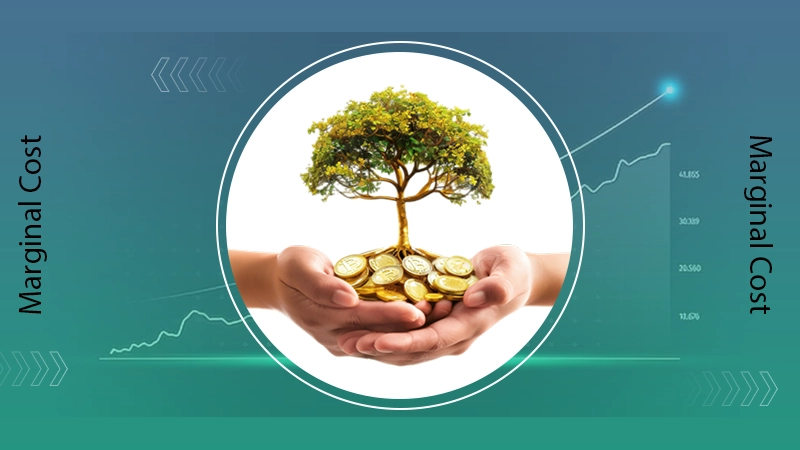
“Don’t work for money; make money work for you”
- Robert Kiyosaki ( Businessman and Author )
This quotation is the prime illustration of how these financial professionals operate and why they seem to have an easier time growing wealth than most other people.
In fact, with more than 283,000 financial advisers in the USA (Source: Upmetrics, 2024), a good number, if not all, are employing a straightforward approach toward investment diversification to enhance growth returns.
So, how can you do the same?
In this blog, I will walk you through the clear-cut strategies that are deployed by those on the financial side of the world, the experts, who understand how to diversify their portfolios in a way that works best for them.
Let’s have a closer look at how investment diversification functions!
1. Weigh the pros and cons of each asset class
Once you make the decision, as a beginning investor, it is vital that you grasp the rules and regulations that come with it.
Also, by having an understanding of the different types of investment tools and their balancing risks, you can reduce the risk of loss.
Moreover, it is believed that by engaging in portfolio diversification there is automatic risk reduction, however, that’s not always the case.
As someone having experience as an investor, they know better than to build a diversified portfolio without taking a closer look at each investment.
Stock investing, as an example, involves certain risks of downsides and opportunities for returns, which every investor must carefully check before engaging in them.
The same also applies if you’re opting to invest in precious metals, mutual funds, and exchange-traded funds.
It also requires a lot of effort to identify the precious assets that can best align with your investment goals.
Do You Know?
Mutual Funds own 22% of publicly held US equity.
2. Consider investing in precious metals
When making plans about investing, it’s always wise to consider the stocks that are performing better than others in today’s markets.
On the other hand, your portfolio should not be limited to these financial instruments comprising bonds and private equity also.
You should also include assets that are known to be effective hedges against inflation as precious metals such as gold appreciate in a high-inflation climate.
The graph below of gold prices is only going higher which creates a golden opportunity to invest.

Investing in gold is a profitable decision that can fill your portfolio with a good asset, also it diversifies your investment and the circumstances of loss are very low.
The price of gold increases at a pace but it drops rarely, so it should be on your list of next investments.
In such instances, I prefer investing in gold for the same reasons and I suggest you do the same.
Whilst it might seem too much of a challenge for new investors, investing in gold might provide you with a good fallback in case stocks and other asset classes underperform.
Consider looking for gold rounds for sale if you intend to add precious metals to your portfolio.
3. Double down on index funds
Aside from gold, you will want your investment plans to include index funds as this offers an easier way to start a portfolio without having to pay management fees.
The biggest advantage you get is the ability to penetrate other industries you may not have invested in.

Since index funds hold multiple securities in a large index, this strategy allows you to diversify your portfolio across industries, including those that may have the potential to grow.
This is on top of the fact that index funds offer minimal tax exposure.
If you’re new to the securities market but you’re itching to go beyond the basics and boost your portfolio further, consider doubling down on index funds.
4. Go international with your portfolio
In order to reduce your risk exposure even further, it’s always worth looking beyond the borders and expanding into international securities markets.
Through global diversification, you get to scout for emerging markets that are likely to perform above expectations in the next few years.
Going overseas gives you more options which diversifies your portfolio and also expands the investment prospects.
When I went international, I got exposed to a bigger market and assets to invest my capital.
There I learned the fact that when making a foreign investment, it is wise to remember that every country has levels of stability that fluctuate.
As such, their economy will shift so some global foreign investments are always worth the risk.
Nonetheless, don’t go overboard, with investing in too many foreign stocks in your portfolio as diversification is key to managing the risk.
Having too much of each asset could only reduce your returns and pay more in management and other fees.
Endnote
I will end this article by suggesting that diversification isn’t all about having multiple securities.
It’s also about being strategic with your choices and making sure each asset class contributes to long-term gains.
You may now consider these expert tips as you scout for new securities to get into.








